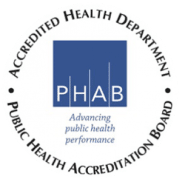Bioterrorism (BT)

As a Reference Laboratory and established partner with the Laboratory Response Network (LRN), the Glen F. Baker Public Health Laboratory provides confirmatory and investigative testing for Select Agent Rule-out.
The following guidelines have been prepared to better assist with the identification, reporting, and handling of BT-related specimens to the laboratory.
BT Guidelines:
- How to Handle Bioterrorism Agents Infographic
- PHL Call Down List
- Trigger Point Checklist Poster (B&W)
- Trigger Point Checklist Poster (Color)
- Laboratory Response Network
Chemical Terrorism (CT)
The Public Health Laboratory is fully equipped to analyze clinical samples for exposure to a wide range of chemical agents, including cyanide, toxic metals, nerve agents, and toxic industrial chemicals. In addition, the CT Laboratory serves a crucial role in monitoring public exposure to harmful contaminants.
To streamline the submission process for chemical emergency samples, the following guidelines have been developed to provide clear instructions and support.
CT Guidelines:
- Laboratory Information for Chemical Emergencies (CDC)
- LRN-C Blood Shipping Manifest
- LRN-C Urine Shipping Manifest
- Sample Submission/Chain of Custody Form
Additional Laboratory Safety & Training Resources:
- American Society for Microbiologist Home Page
- APHL Risk Management Assessment Checklist
- ASM website containing links to select agent guidance documents
- ASM Bioterrorism Readiness Plan
- Association of Public Health Laboratories website
- Train
- Biothreat Agents Printable Poster
- CDC Bioterrorism Preparedness & Response (Links to Protocols for Sentinel Laboratories)
- CDC Clinical Laboratory Improvement Amendments
- CDC Federal Select Agent Program Homepage (Contains forms required for select agent ID and transport)
- CDC OneLab Reach
- Clinical Laboratory Preparedness and Response Guide (Blue Book)
- DOT Shipping/Packing Infectious Substances Brochure
- LRN Biothreat Agent Bench Cards for Sentinel Labs
- Packaging and Shipping Evaluation Tool
- 6.2 Infectious Substances Shipping & Packing Certification


